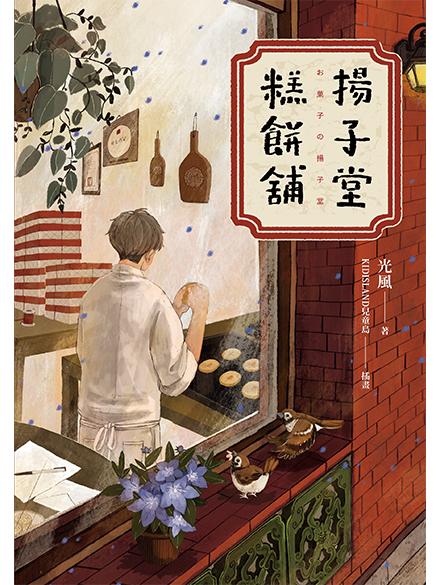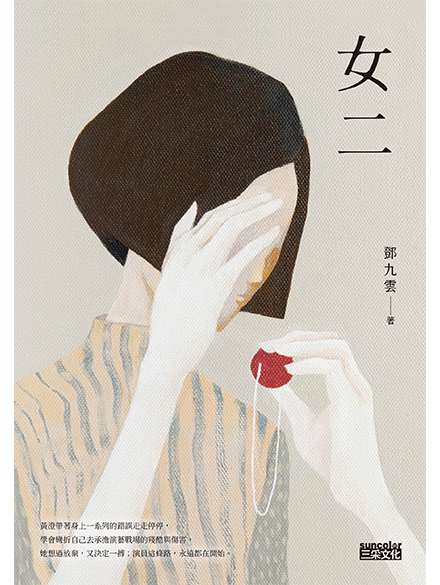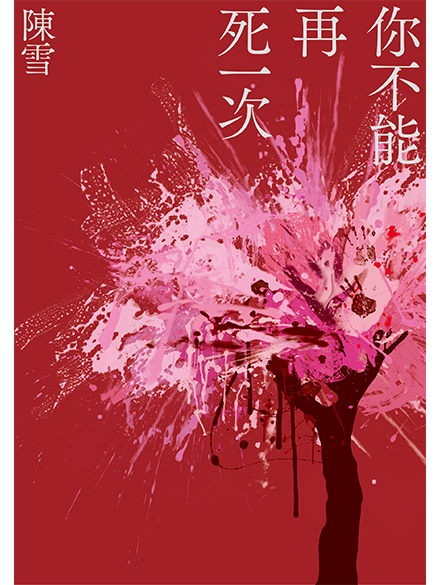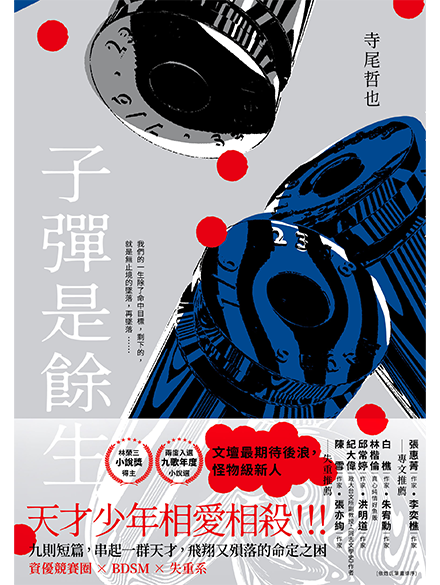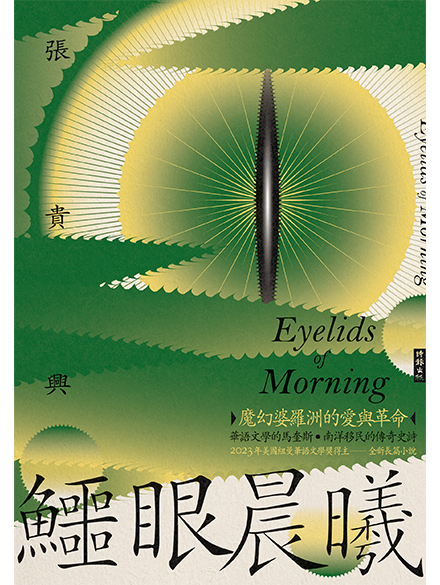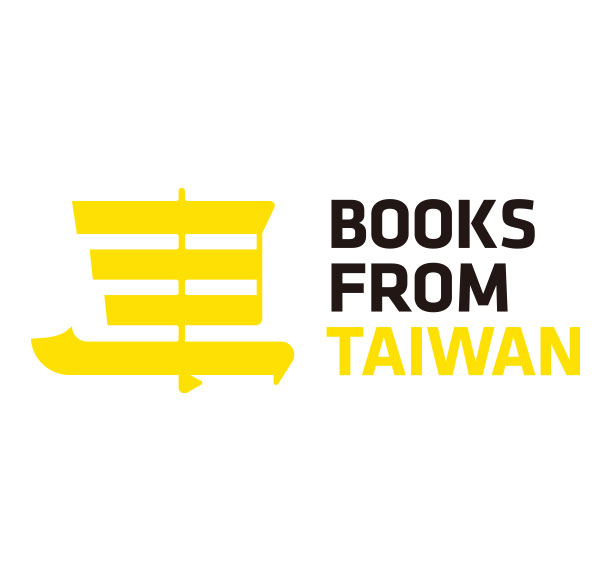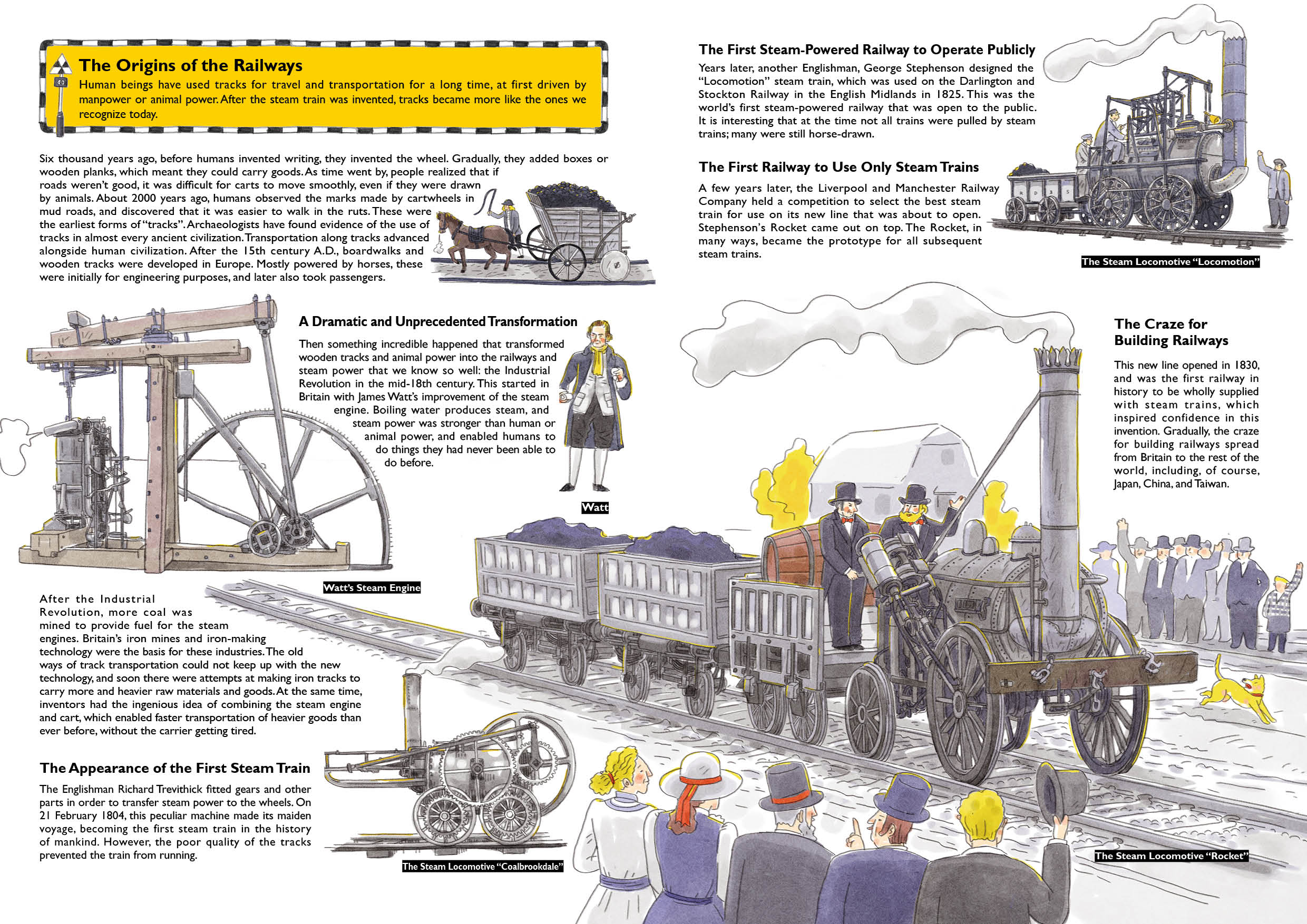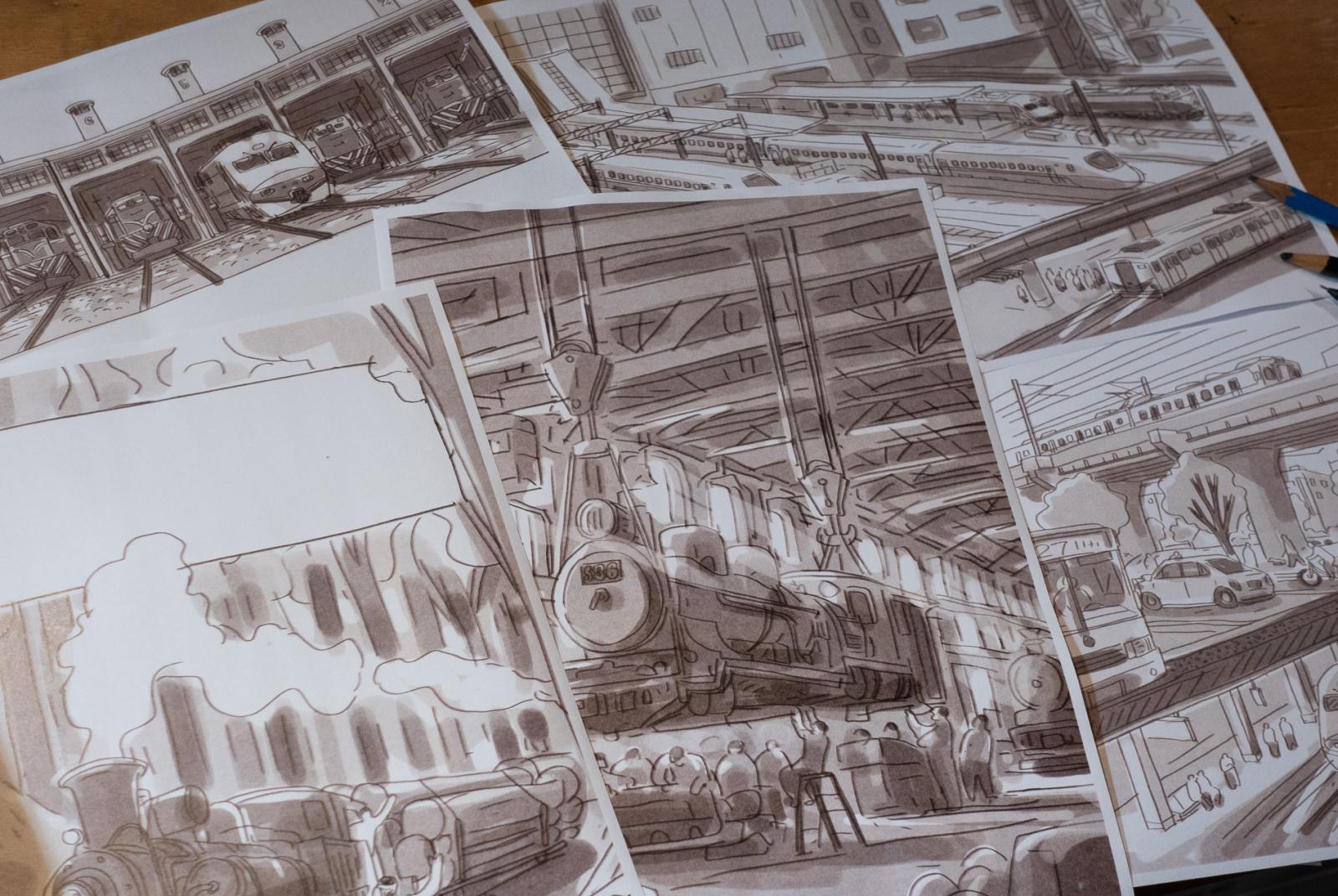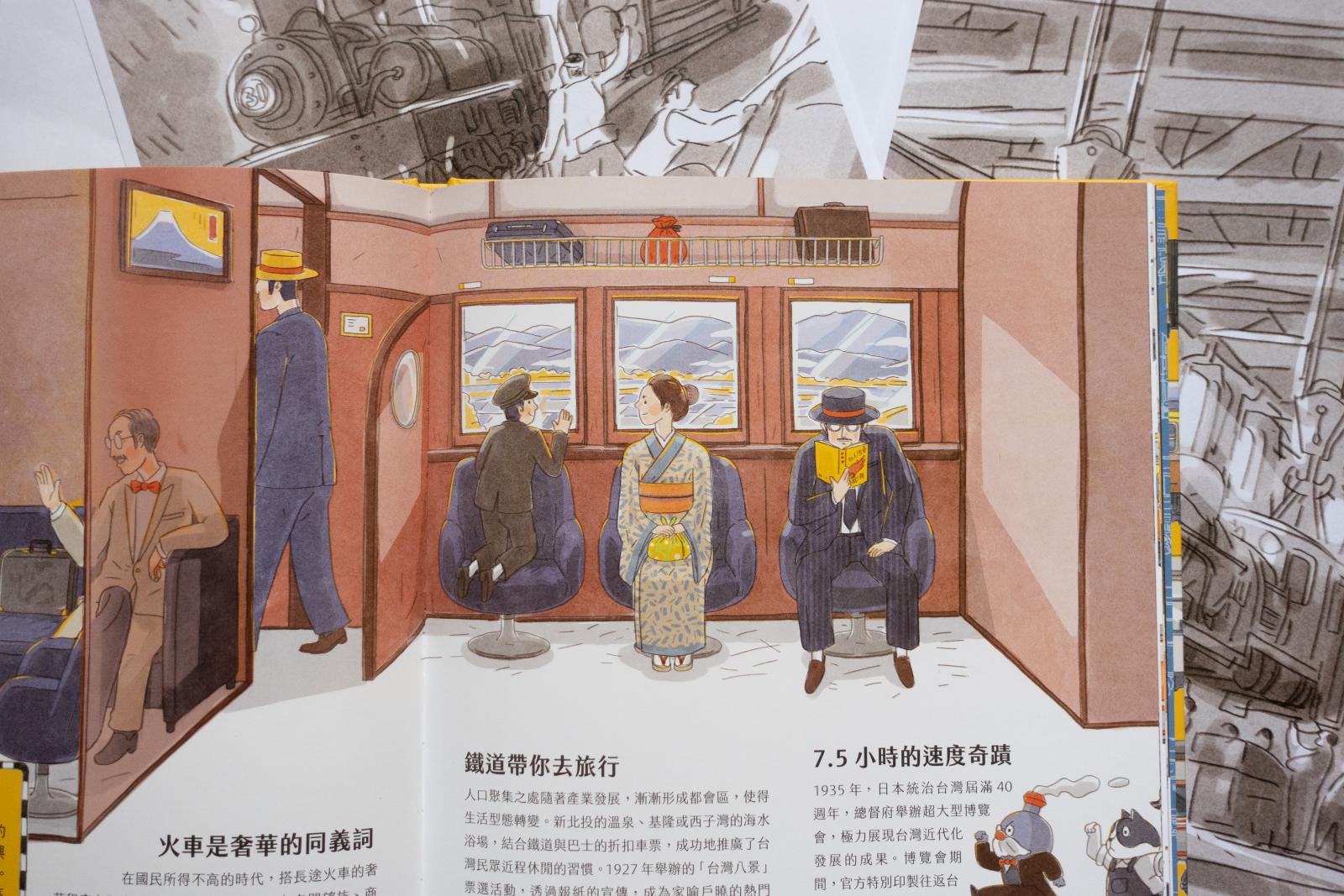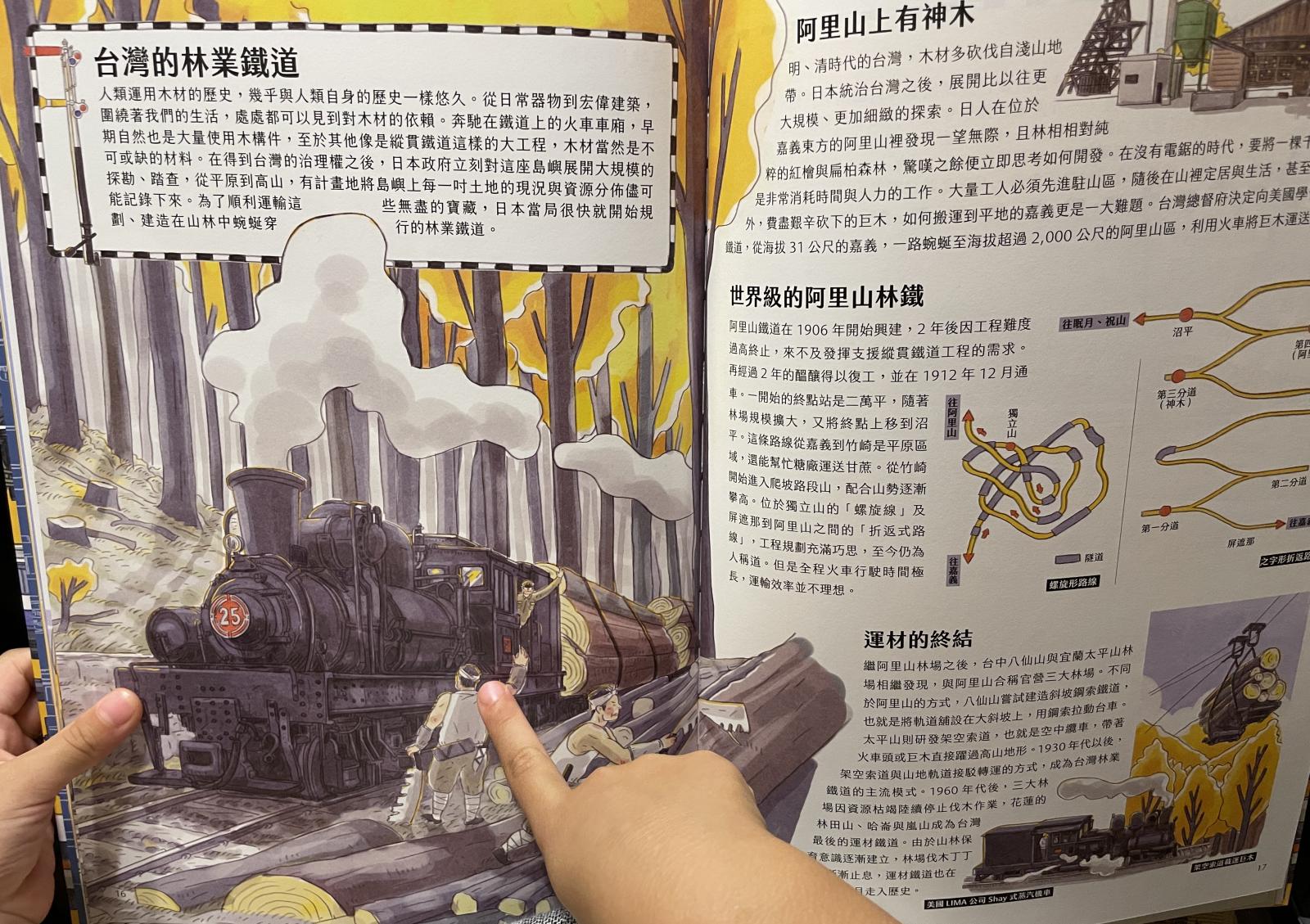Synopsis
Recent college graduate An-chun returns from Japan to Taiwan, having cut short his year-long trip of working short-term gigs abroad. He has had his heart broken by Emiko, the young woman set to inherit the hallowed wagashi (traditional Japanese pastry) shop, Han Shun Toh, where An-chun was working. Lovelorn, An-chun retreats to his mother’s home in Taichung without any plans for his future.
This lack of purpose has been the plight of An-chun’s life. He was a middling student who never felt the drive to exert himself for the sake of achieving a goal, and chose to major in Japanese largely because he enjoyed reading manga. The only constant in his life is a blog that he started in college, “A Wanderer’s Diary”, where he shares his experiences working a variety of part-time jobs and maintains an enthusiastic readership that resonates with his sense of aimlessness.
An-chun’s mother, tired of his idleness and indecision, forces him to go help out at Yang Tze Tang, the traditional Taiwanese pastry shop that has been passed down from An-chun’s great-grandfather to his great-uncle. The shop was once famous, but has fallen out of favor with modern Taiwanese tastes, which prefer Japanese or Western desserts and find the malt sugar of the traditional suncakes too sweet. It doesn’t help that Great-Uncle has a notoriously bad temper, which makes it difficult for Yang Tze Tang to retain staff.
As An-chun adjusts to the grueling work at Yang Tze Tang, he reminisces over his time at Han Shun Toh, the Kyoto pastry shop that has an even longer history and even stricter traditions. Master Imanishi, owner of Han Shun Toh, initially rejected An-chun’s application outright because he isn’t Japanese, but Madame Imanishi was convinced that having Mandarin- and English-speaking An-chun would be an asset in tourist-heavy Kyoto. An-chun thus became Han Shun Toh’s first employee who wasn’t from a wagashi-making background, and the first such person to appear in the life of Emiko, the Imanishis’ only daughter.
When they met, Emiko was struggling to earn her father’s approval as a wagashi master. Wagashi-making involves crafting original pastries for every season, and while Emiko’s creations are beautiful, Master Imanishi insisted that they were only imitations and lacked Emiko’s individuality. An-chun encouraged Emiko, suggesting that she try seeing Kyoto through the eyes of a tourist and discover new delights in the city that she took for granted. The two grew attached.
Noticing this, the Han Shun Toh staff told An-chun that Emiko was engaged to the son of another wagashi-making family. When An-chun confessed his feelings to Emiko and asked her to travel with him, she declared that she was choosing Han Shun Toh and wagashi over him. Before he left Kyoto, she created a wagashi cake for him that communicated the poignancy of their relationship: she had found her own voice as a wagashi master.
Now, in Taichung, An-chun tries to help revitalize Yang Tze Tang, urging Great-Uncle to accept an interview from a young reporter, Pin-hsin, at a popular magazine. With Pin-hsin’s encouragement, An-chun toils away to learn the craft, but still feels that he hasn’t earned the right to inherit the shop from Great-Uncle whenever others suggest it. His unworthiness seems confirmed when Great-Uncle agrees for Yang Tze Tang to compete in a pastry competition for the first time, but An-chun fails to win a prize.
Meanwhile, An-chun has uncovered the origin story behind Great-Uncle’s temper. Great-Uncle had fallen in love with a girl from a wealthy family while he was a high school dropout learning his trade, but the whole family had disappeared without a word. One day, this long-lost love sends a postcard to Yang Tze Tang: she’d seen Great-Uncle in Pin-hsin’s magazine article. She now lives in Japan, and An-chun insists that Great-Uncle go look for her. With An-chun acting as interpreter and guide, Great-Uncle gets closure. They also visit Han Shun Toh, where Great-Uncle is impressed by the Imanishis’ commitment to their family business.
Despite the attention garnered by Pin-hsin’s article, it becomes apparent that Yang Tze Tang can’t sustain itself in its current business model. When the question becomes whether to change or to close down, Great-Uncle chooses the latter. Han Shun Toh showed him that inheritance isn’t something that he should impose on An-chun without having laid the groundwork for An-chun’s success. After Yang Tze Tang announces its closing date, customers pour in for one last taste. An-chun leverages his blog to share stories about the store’s final days, immortalizing Yang Tze Tang in his own way. He starts a new journey to travel Taiwan, and is inspired to write about it in both Mandarin and Japanese.
Evaluation
This is a cozy novel that, despite its romantic setting in ancient cities and pastry shops, addresses the malaise of youth and contemporary life. It grapples with the idea of the family business, both the rigid and limiting aspects of this burden as well as how it can truly be a life purpose that ensures the longevity of a culture’s traditions. Through this, it also contrasts young people who aren’t able to find a calling with young people who have a calling forced upon them, questioning whether people really get to “choose their destiny” in their work and life.
The answer, according to the novel, seems to be that they don’t. Great-Uncle found his calling in traditional pastry, but not so much because he loved it as because he hated school and preferred helping his father. Emiko has always worked hard toward inheriting, but admits that she didn’t know whether she actually liked wagashi until she met An-chun. Pin-hsin the journalist tells An-chun that she also stumbled into the profession; she’d been in Sales but liked listening to her clients’ stories, and her supervisor switched her into Reporting. Everybody seems to commit to their professions through trial and error.
An-chun’s aimlessness is the extreme case of this. There are plenty of clues throughout the book on what his strengths are: the Imanishi family tells him that, linguistically and culturally, he is an invaluable interpreter between Han Shun Toh and its diverse visitors; the other Yang Tze Tang staff tell him that he has helped bridge the generational and emotional gap between Great-Uncle and others; he writes a popular blog that brings together different people who feel lost; he falls in love with Pin-hsin, a journalist. However, nothing clicks for An-chun. It is only at the very end, while on another aimless journey, that he meets a child who talks to him about how important bridges are and finally has the revelation that his calling is to be a bridge between Taiwan and Japan, writing in both languages. There is a slight sense of anticlimax in the revelation given the earlier clues.
But the book’s goal is not to shock the reader with twists, nor is it to wrench their hearts with true tragedy. Instead, it quietly addresses the disillusionment of youth without ever despairing in it, always maintaining a lightness of touch and an admiration for people going through their day-to-day lives. It is a “slice-of-life” story especially popular in Taiwan and Japan, comparable to Days At The Morisaki Bookshop by Satoshi Yagisawa, Sweet Bean Paste by Durian Sukegawa, and the popular series Before the Coffee Gets Cold by Toshikazu Kawagushi (minus the time travel element).
Following the conventions of the slice-of-life genre, all characters have cautiously optimistic endings despite the blow of losing the beloved shop. An-chun fills the hole that Emiko left with his affection for Pin-hsin and finally finds his own ambition, Great-Uncle seems content in retirement, and all the other Yang Tze Tang staff successfully find suitable work. Though there is no dramatic climax of An-chun miraculously saving the family business that he knew almost nothing about at the beginning of the novel, the bittersweet realism is in a way more encouraging to a reader who, like An-chun, will continue searching for purpose and meaning after this particular story ends.
